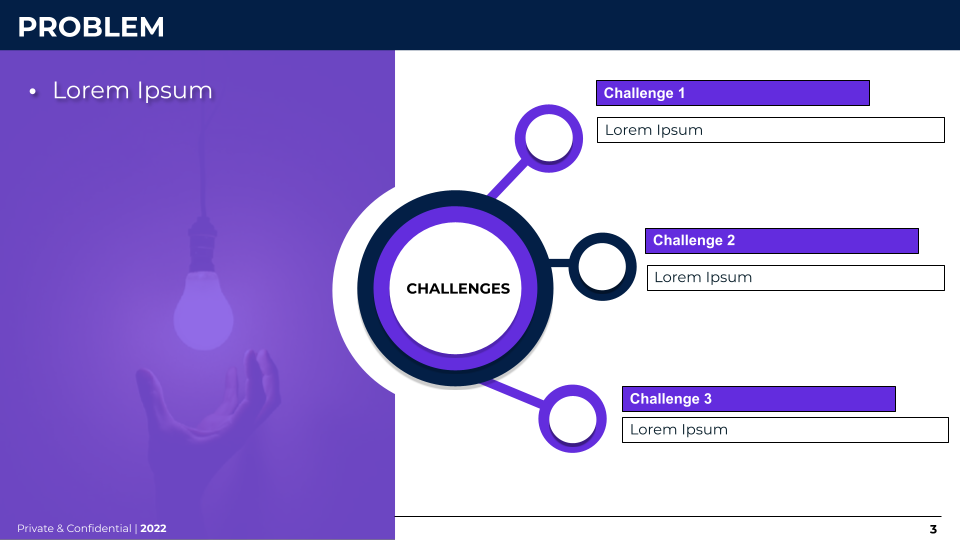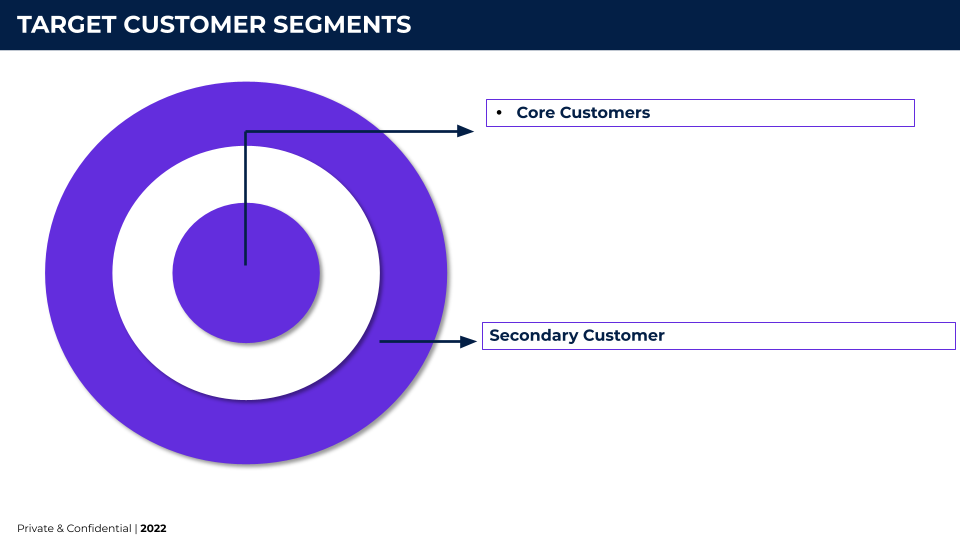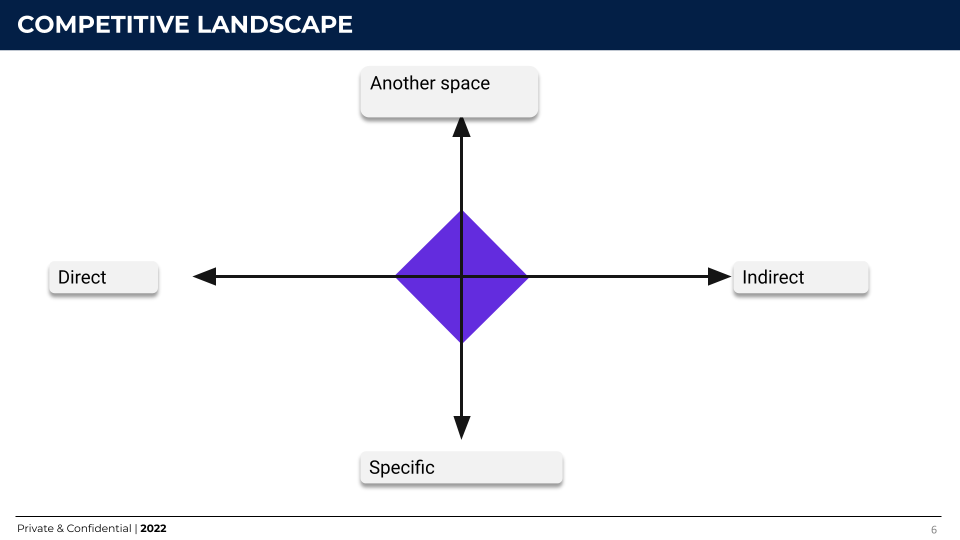We all know that as a product manager you’re also the CEO of the product. While you own the product backlog, you’re also responsible for expanding the product and adding new features to increase value for users and the business. Whether you work in a start-up or are a PM in a large organization, creating a business plan is crucial before pitching in any new idea.

A business plan is a comprehensive document that outlines the problem, the solution, market outreach possibilities, potential threats, a clear goal, and a measurable return on investment with a year-on-year growth strategy.
All product organizations have started seeing the importance of a business plan before approving a new product idea. A good business plan has numerous benefits, the most fundamental being an opportunity to think through the idea before investing time and resources.
The following are the key traits of a good business plan.
Taking the time to write down an idea can bring greater clarity to your vision. It allows you to better understand the problem at hand and reveal all possible solutions. This is because writing forces you to slow down and think everything through, resulting in a more evident thought process.
When creating a business plan, including financial projections and forecasts is useful. This helps develop a strategic plan by considering marketing strategies, launch plans, development costs, and expected return on investment. However, conducting proper research and due diligence is crucial to ensure that the predictions are as accurate as possible. This process can lead to gaining more insights, taking necessary steps beforehand, and fostering collaboration.
A business plan is crucial as it allows you to identify potential risks beforehand. As part of creating a business plan, conducting a competitor analysis, identifying your target market, performing a SWOT analysis (focusing on strengths, weaknesses, opportunities, and threats), and determining your unique selling points is essential. By analyzing these factors, you can gain valuable insights into potential risks and market trends and create an effective risk management plan to ensure success.
While creating a business plan, it becomes essential to forecast, plan milestones, and produce a roadmap. This involves looking into the development timeline, launch plan, and marketing strategies. By doing so, you can outline an operational plan and calculate the resources required to complete the project within a specified deadline. Measuring the rollout plan and determining the appropriate launch plan is crucial.
In addition to a roadmap and milestones, it’s essential to provide critical metrics to measure success. This will help product teams clearly understand the overall roadmap and milestones and ensure that the key results are defined to determine if the product is successful.
The business plan will look different for different products depending on the business, product area, and other factors. Still, a few common elements must be a part of each business plan.
Defining the problem in the right way is the most crucial thing. While defining the problem, always consider backing up the claims by data. Use surveys and user testimonies to construct the problem statement in the most relatable manner:

When presenting a solution, it’s important to avoid using technical jargon and instead describe it in a way that’s easy to understand for anyone, regardless of their technical background. If specific technical details need to be included, put them in an appendix for those who want to read more.
Creating a clear mission statement outlining what you aim to achieve with your solution is also essential. Avoid using vague language and be as specific and straightforward as possible. The more specific your goal, the better.
This section requires a comprehensive and detailed analysis of various aspects crucial to any product’s success in the market. The four main areas addressed are product-market fit, target customers, total market share, and unique selling proposition (USP).
Product-market fit is about identifying the gap that exists in the market and how your product can bridge that gap.
Defining target customers includes understanding their demographics, behavior, preferences, and needs. It’s also essential to identify any secondary customer base that can be targeted, which can help expand the product’s reach and appeal:

Total market share, or the total available market, refers to the overall revenue opportunity available for a product or service if 100 percent market share is achieved. It gives a clear idea of the scope of expansion for the product after launch.
Unique selling proposition (USP) is a critical aspect of any product’s success that defines why customers should choose your product over others. It’s what sets your product apart from the competition and makes it stand out. Identifying and promoting your USP can help to differentiate your product and create a sense of confidence among sponsors.
When analyzing competitors, people tend only to consider direct competitors. However, a great product stands out by taking customers away from even indirect competitors. For example, TikTok and Reels are taking up viewership time that Netflix and other streaming services previously held. Therefore, Netflix’s competitors are not limited to other streaming services but include other platforms providing quick and engaging content:

Creating a comprehensive and effective business plan, including a detailed projection of operational costs and a sales and revenue generation forecast is crucial. You can enhance the plan by providing a summarized version of the roadmap and revenue plan and giving sponsors a quick overview of the expected development time, launch dates, and other essential details. Doing so can ensure that your business plan is constructive and comprehensive, in turn laying out a clear path to success.
This is a section of the business plan where you can finally reveal your expectations towards the sponsor or the investors. You have established a business model and the effect of your product. Now, it’s time to be clear and specific about the investment required to reach the goal, including the expected time frame.
The aim is to clearly outline the expected returns so that any potential sponsor or investor can decide whether the opportunity aligns with their goals. This is a mutually beneficial partnership; you can establish a foundation for a good relationship with transparency.
Here’s a one-pager template for a business plan that suits most products:

Here you can find the full PPT template for the business plan, including all the components.
A business plan is a crucial document that outlines the entire product lifecycle from inception to launch. It aims to align stakeholders, minimize uncertainties, and increase the likelihood of product success in the market. Effective business plans are those that demonstrate a compelling opportunity backed by thorough research and a clear strategy for execution and growth.
These templates can make your next pitch easier!
Featured image source: IconScout

LogRocket identifies friction points in the user experience so you can make informed decisions about product and design changes that must happen to hit your goals.
With LogRocket, you can understand the scope of the issues affecting your product and prioritize the changes that need to be made. LogRocket simplifies workflows by allowing Engineering, Product, UX, and Design teams to work from the same data as you, eliminating any confusion about what needs to be done.
Get your teams on the same page — try LogRocket today.

A practical framework for PMs to use AI in ideation without sacrificing judgment, strategy, or decision quality.

A practical five minute revenue estimation method to help product managers compare ideas, drop low impact features, and prioritize smarter.

A practical guide for PMs who want to stop being bottlenecks, delegate smarter, and lead teams effectively with a clear ownership framework.

Stop letting unreliable data block features. Treat data as inventory to track quality, ownership, and ship with confidence.
One Reply to "How to write a business plan (with template)"
The article provides a good starting point for anyone who is looking to write a business plan. It covers the essential components of a business plan and offers some helpful tips on how to write a clear and concise plan.